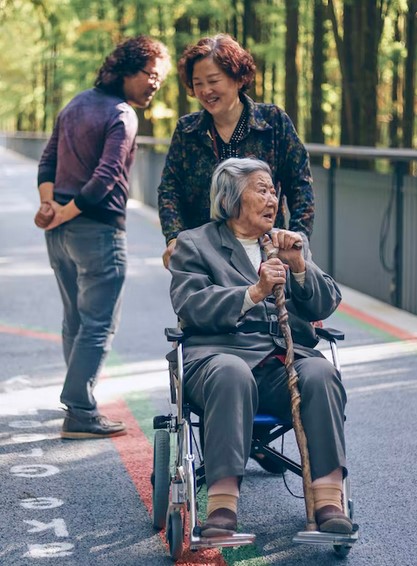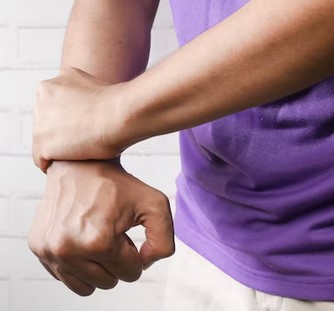Whiplash Physiotherapy
Whiplash is a neck injury that’s caused by a sudden powerful lashing force, causing the head and neck to undergo a quick back-to-front movement, similar to how a whip or towel is cracked. Most of the time, it’s caused by a vehicle slamming into the back of your vehicle…but that being said, whiplash also happens…









